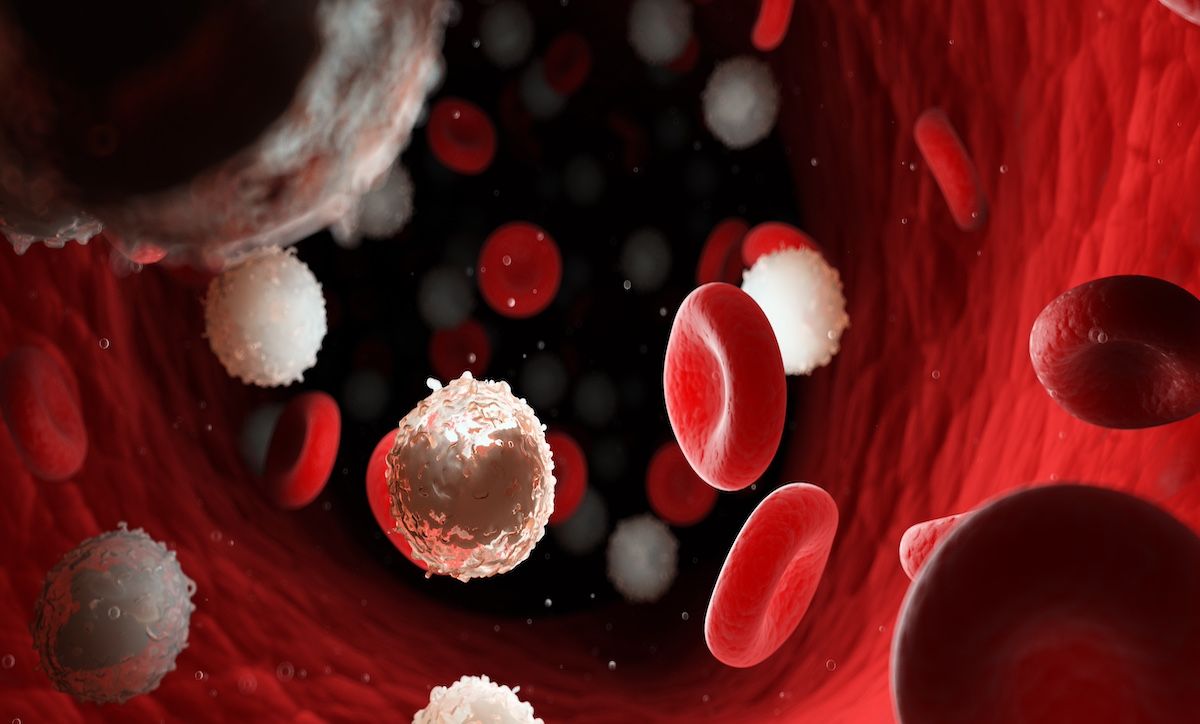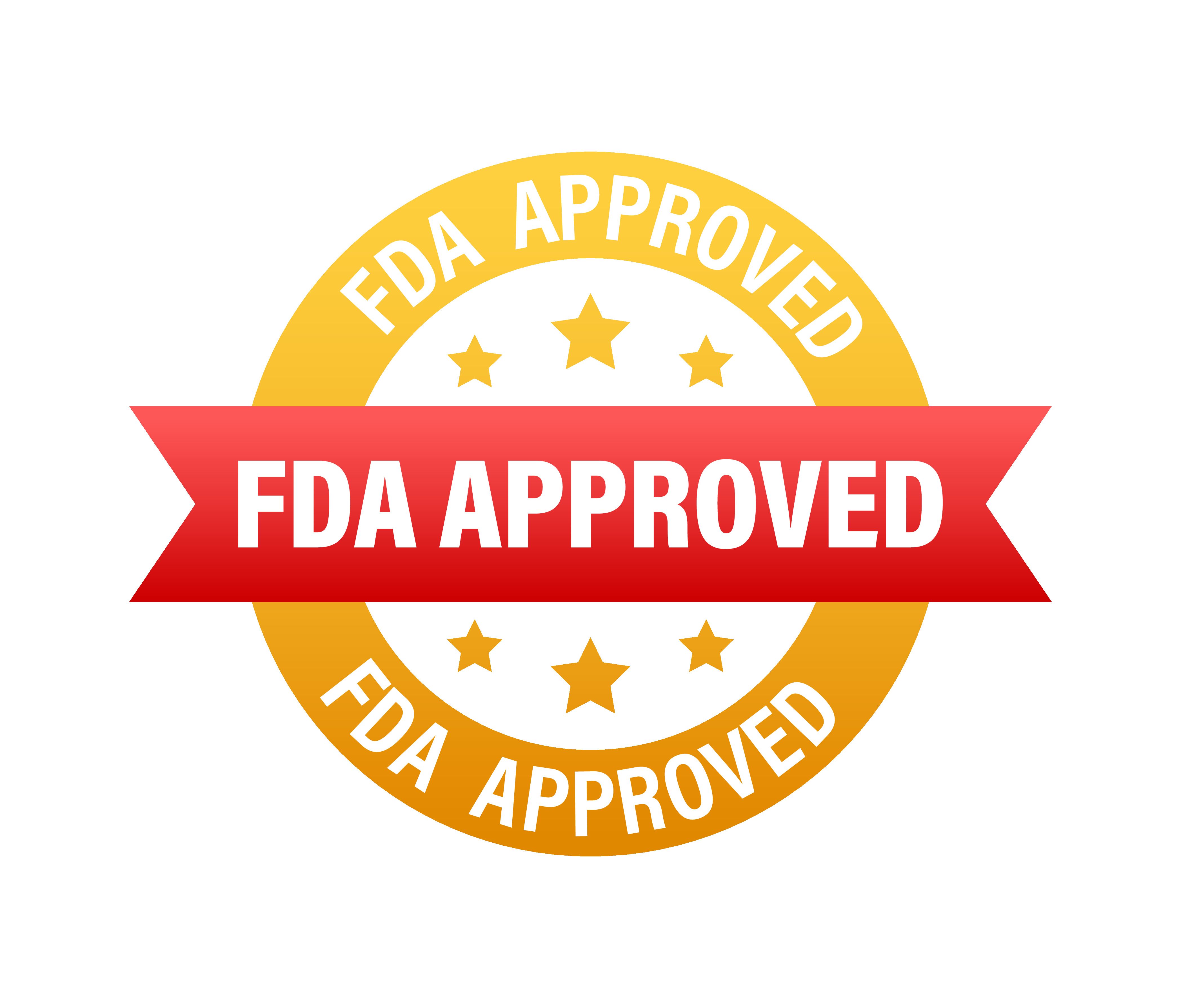Article
Insights into the Necessity of Clinical Documentation Improvements
Author(s):
As the healthcare industry transitions to new initiatives such as accountable care organizations and pay-for-performance, clinical documentation improvement is necessary, according to a report from the American Health Information Management Association.
As the healthcare industry transitions to new initiatives such as accountable care organizations and pay-for-performance, clinical documentation improvement is necessary, according to a report from the American Health Information Management Association (AHIMA).
According to respondents from AHIMA’s Clinical Documentation Improvement (CDI) Summit in August, 80% use CDI programs across a mix of payers, which could mean that these programs are focusing on quality measurement and patient safety, not just the need for reimbursement.
“Accurate documentation is at the core of telling that patient’s story and ensuring safe and effective care,” AHIMA chief executive officer Lynne Thomas Gordon, MBA, RHIA, CAE, FACHE, FAHIMA, said in a statement. “This goes beyond more accurate reimbursement to understanding how improved documentation benefits patient care. CDI programs are necessary for consistent and complete documentation.”
According to a recently published AHIMA paper, some of the benefits of robust CDI programs include: enhanced public health surveillance, cost containment, fewer erroneous and rejected claims, and administrative efficiencies.
Although the majority of CDI specialists have an associate degree (45%) or a bachelor’s degree (31%), understanding clinical documentation from the physician’s point of view is key, according to AHIMA.
Implementing CDI strictly as a means for increasing reimbursement could alienate providers, for example. Focusing solely on reimbursement decreases capture of quality measures, patient safety activities, and research needs.
Other key findings from the CDI Summit included:
- Documentation is the beginning, not the end
- The role of CDI can apply to multiple settings, such as acute care, physician practice, rehabilitation, and long-term care
- Physicians must be taught the concepts of CDI in order to understand the return on investment of the program
Over the next year, top priorities should include identifying documentation gaps, achieving documentation excellence, and providing ongoing education to clinical providers.
“Consistent, complete, and accurate documentation is the key to the economic health of the organization, and a key indicator of physician quality,” the authors concluded.
Newsletter
Stay ahead of policy, cost, and value—subscribe to AJMC for expert insights at the intersection of clinical care and health economics.





